Hakuba Valley
Home > Hakuba Valley
Hakuba Valley
- Info
- Getting Around
- Lift Passes
- Money Matters
- Services
- Medical Matters
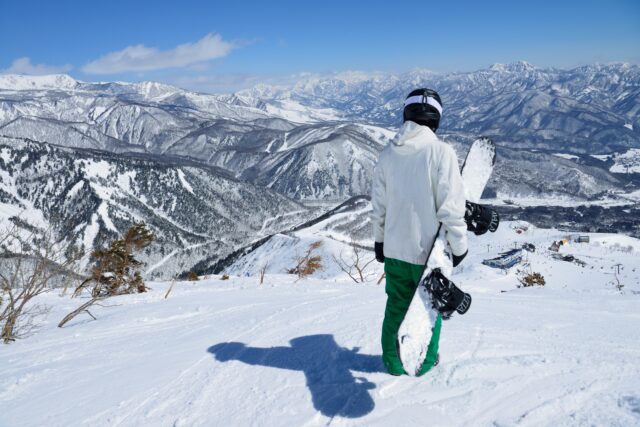 Hakuba Valley, located in the north-western corner of Nagano Prefecture, markets itself as Japan’s largest ski resort. The 10 resorts that make up the valley are spread over a distance of 30km from north to south and accessed by shuttles buses.
Hakuba Valley, located in the north-western corner of Nagano Prefecture, markets itself as Japan’s largest ski resort. The 10 resorts that make up the valley are spread over a distance of 30km from north to south and accessed by shuttles buses.
Since the 2017/18 season, the whole valley has been accessible on a single lift pass, aptly called the Hakuba Valley lift pass, however each resort still sells individual day passes to their own resorts.
Over the last 10 years, Hakuba Valley has taken off as an international ski destination, with close to a million international visitors each season. While Australians led the crowd into Hakuba, currently Hakuba see visitors from all over the world, with many Asian and Scandinavians making the trek here annually.
Hakuba Valley has some of the best Back Country terrain in the world and much of it is easily accessible from the lifts. Hakuba is the only resort in Japan that offers close to 1000m of vertical terrain above the upper lifts. And this back-country bonanza has drawn some of the biggest names in extreme skiing and snowboarding to the area. The valley also hosts a stage on the world free ride tour every January.
There are a wide range of accommodation properties in Hakuba, however there is a lack of large-scale high-end accommodation, with the Tokyu Hotel, the Green Plaza Hakuba, and the Mominoki Hotel being the main large hotels. Villa development has been taking off over the last few years, meaning there is plenty of self-contained accommodation for groups of all sizes, and catering to most budgets. For more information on where to stay in Hakuba, please visit our Hakuba accommodation guide page.
Hakuba Valley also boasts some of the best wining and dining options in Japanese ski resorts. From high end Japanese Kaiseki cuisine to basic burgers and fries, Hakuba has something for everyone. Here at JHN Travel we like to support the locals, and especially those who stay open year-round (so we have somewhere to eat in the off season. On our wining and dining page we share our favorite places to fill your belly and lubricate your throat.
Our office is located at Hakuba Base Camp in at Hakuba Station. Come on down and talk to our experienced staff about making the most of your vacation.
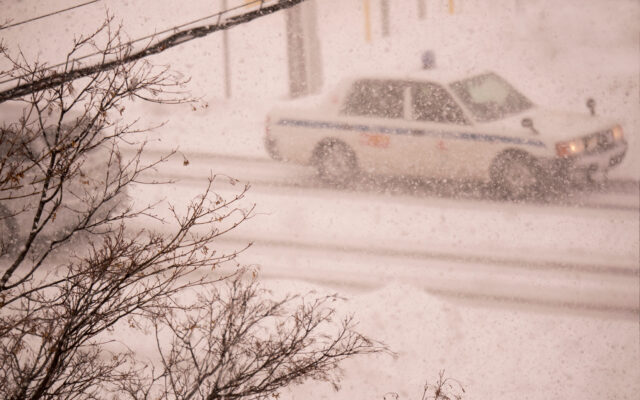 Hakuba Valley is a large area and getting from one place to another can require a bit of research.
Hakuba Valley is a large area and getting from one place to another can require a bit of research.
Shuttle Buses
Hakuba has an extensive network of Shuttle Bus Stops, and one of the first couple of questions you should ask your accommodation provider or booking agent is “Where is the nearest Ski Shuttle Stop?” and “Which resorts do the shuttles run to?”. Also closer to the date of arrival, get an updated shuttle timetable, so you can plan your day accordingly.
There are 2 main types of shuttle bus.
1. Hakuba Valley Shuttles
2. Individual Ski Resort Shuttles
Hakuba Valley Shuttles operate along we main routes, with the most popular being the HV 3 Route which runs from Goryu Ski Resort through to Tsugaike Ski Resort with stops at all the resorts in between plus major transport hubs like Hakuba Base Camp and Happo Information Center. The bus costs 500yen per ride for adults and in many cases offers the most direct route between resorts. For holders of the Hakuba Valley Lift Pass, these shuttles are free of charge.
The other 2 lines run from Happo Information Center to Cortina Ski Resort, and from Happo Information Center via Hakuba Base Camp to Sanosaka, Kashimayari and Jigatake Ski Resorts.
The Hakuba Valley buses operate to a strict time schedule and generally operate on time, except at peak times. These buses are fully licensed with professional drivers who all carry a passenger services certificate (which requires a lot of study and testing in Japan)
In addition to the Hakuba Valley Shuttles, each resort runs a series of bus routes around town to their own resorts. These free shuttles operate to more remote areas than the Hakuba Valley Buses and tend to take a lot longer to get to their destination as they wind around town a fair bit. The drivers of these buses only need to hold a heavy vehicle license and not a passenger services certificate.
One way to tell if a vehicle is licensed to carry fare paying passengers in Japan is the color of the number plate. A white number place is for private vehicles, which are not allowed to charge for carrying passengers, while the dark green number plates you see on most larger buses and taxis etc denote that the vehicle is for fare paying passengers, and both the driver and the vehicle meet the safety standards required.
Night Shuttles
There is an on-demand shuttle service. We will update info closer to the season start.
Taxis
Hakuba Valley has several companies, but it is important to remember that they can get extremely busy, so it pays to lock in a transfer the day before you plan to travel.
Taxis are generally quite cheap. Drivers are trustworthy and will not try to take you the “long way”, but if staying at an Air BnB it pays to remember that apart from the Post Office and Courier companies, addresses mean nothing in Japan. It is much easier to give directions to a well-known land mark than to try and quote an address to a taxi driver. Even on aps like google maps, landmarks are better than addresses.
Peak periods for taxis are early in the morning (6-9:00), closing of the ski resorts (16-17:00), and in the evening. Overly intoxicated passengers may be rejected, and making a mass of a taxi will lead to a hefty cleaning bill.
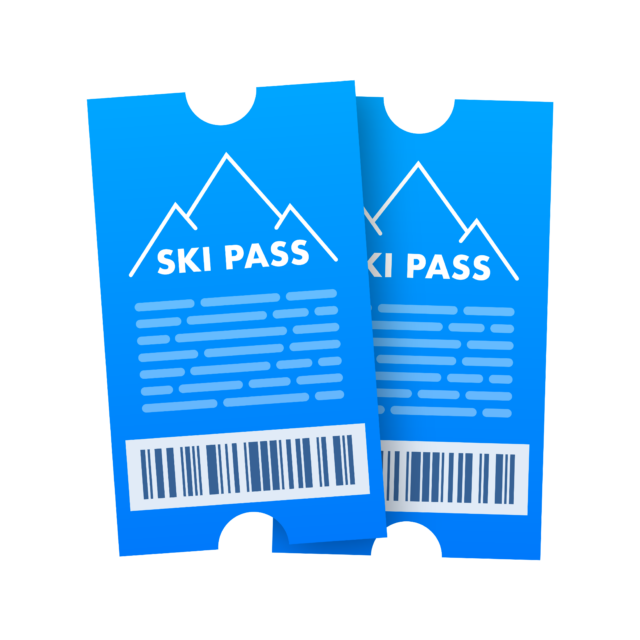 All 10 resorts in the Hakuba Valley share the same lift pass system, and you have 2 main options when buying lift passes.
All 10 resorts in the Hakuba Valley share the same lift pass system, and you have 2 main options when buying lift passes.
You can either buy the Hakuba Valley Lift Pass, or you can buy a daily pass at each resort each day.
The combined lift pass is called the Hakuba Valley Lift Pass. You can purchase this in advance from registered travel agents or at Hakuba Base Camp. These lift passes are valid for 1 – 14 days, and apart from the 1 day pass, include rest days along the way. So, for example, a 6 day lift pass is valid for a 10 day period, meaning you can ski for 6 out of 10 days.
The advantages to this pass areas follows
1. You do not have to line up at the lift ticket office at each ski resort each morning. You can ski straight on to the lifts.
2. Users of the Hakuba Valley lift passes can ride the Hakuba Valley Shuttle buses free of charge (usually 500yen per person one way).
3. You can ski as many resorts in a day as you want, which is useful if a certain resort has to close due to weather.
4. You can purchase in advance and have it waiting for pick up at Hakuba Base Camp, or delivered to your accommodation prior to your check in.
Conversely, the disadvantages to this pass are
1. They only come in Adult and Child Variants, so Seniors and Youths miss out
2. It is non-refundable once purchased, so if you get injured or have to leave earlier than planned you need to make an insurance claim
3. For one and two day passes, it can be cheaper to purchase lift passes dir3ectly at the resorts.
Buying daily passes at each resort is possible, and there are generally more options than with the Hakuba Valley passes. (Family Passes, Senior Discounts, Youth discounts etc). The main issue with getting daily passes from resorts is that you need to line up at the lift ticket office each day to purchase tickets. At popular resorts on peak days / times (Weekends, first tracks, holidays etc), there can be long queues to purchase lift passes (at times taking over an hour).
Another small issue is that some resorts use slightly different cards for lift passes, meaning that while some resorts issue lift passes for free, others will take a 500 yen refundable deposit to cover the cost of the pass. This can be reclaimed at the end of the day, but again it adds another thing you have to think about.
On the whole, those looking for convenience and flexibility, the Hakuba Valley Lift pass is probably a better option, while those on tight budgets, seniors and youth may be better investigating getting a one resort pass on a daily basis.
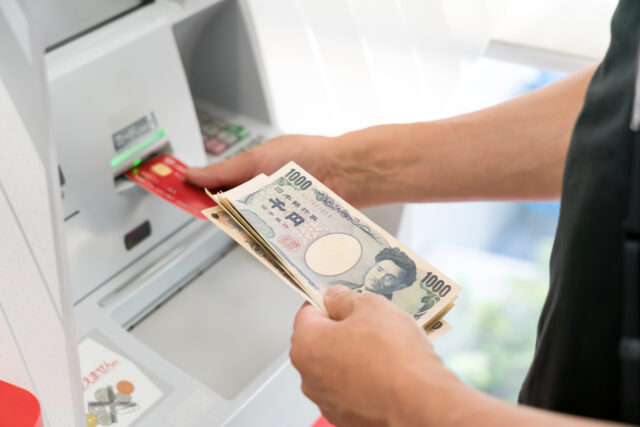 While electronic money is highly developed in Japan, banking is still way behind the 8-ball in banking. Credit card use is growing, but the concept of debit cards does not really exist in Japan.
While electronic money is highly developed in Japan, banking is still way behind the 8-ball in banking. Credit card use is growing, but the concept of debit cards does not really exist in Japan.
If you have a debit card with a VISA, MasterCard logo on it, you will be able to use it, however the transactions are run as credit cards, so many places add a surcharge to cover the high costs charged by Japanese merchant accounts (2-4% in general).
Most bank ATM’s do not accept overseas issued cards, so you are left to 2 main sources, Post Offices and Convenience Stores. Post offices in Japan keep limited hours, and often close on holidays, so the Seven Eleven and Lawson networks are generally the easiest to guarantee getting cash out.
Hakuba Base Camp and Happo Information Center both have automatic currency exchange machines installed, but again you are limited to their operating hours.
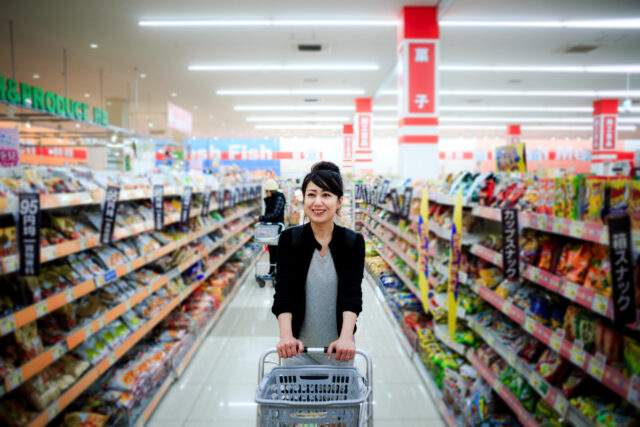
For a small town, Hakuba is surprisingly well supplied with services.
Supermarkets
There are three large supermarkets in town.
Most people will wind up at “The Big” supermarket alone route 148. This is the largest and generally the cheapest in town. Open daily from 9AM – 9PM is has pretty much everything a visitor needs. There is a 100yen shop also on site. This place tends to get crowded in the hours after the mountains close, so it can pay to use one of the other supermarkets if you are in a hurry.
There is a large alcohol selection, and as alcohol is generally cheaper in Japan than duty free, it is not worth carrying bottles with you.
The Hapia Supermarket is the 2nd main supermarket in Hakuba. It is located behind the North Face Outlet just up the road from Hakuba Station. Being owned by the JA agricultural cooperative, the fresh produce is the best in town. Open from 9:30am – 7:30pm, it is less crowded than the Big supermarket, and has introduced a lot of deli products in the past 12 months.
The 3rd major supermarket is Appleland Delicia. Not many people get down this far as it is located on route 148 north of Hakuba Station. Opening hours are 9:00am until 11:00pm. It is the least crowded of the supermarkets in Hakuba and has a very wide range of products.
Convenience Stores
Hakuba boasts 2 Lawsons, 3 Seven Elevens, and a couple of smaller stores. The most convenient for most will be the Happo Lawson. Seven Elevens are located in southern, central and northern Hakuba, but are not that easy to get to unless you have a car. The main chains are open 24 hours, while the smaller ones close from 10:00pm until 7:00am
Post Office
There are 2 post office on route 148. The main Hakuba post office is about 300m north of Hakuba Station, while the Goryu area post office is about 150m north of Kamishiro Station.
Both have international ATMs, but hours are quite limited, so check opening hours.
 Emergency Services
Emergency Services
The Emergency number is Japan is 119. This will connect you to the fire department / paramedic services.
The on dialing this number the first thing the person who answers will say is:
“Kyukyu desuka, Kaji desuka”, which means is this a medical emergency or a fire.
If you want an ambulance, then “Kyukyu desu” pronounced the same as the letter “Q”.
They will then try and establish your location, and the nature of the emergency. Things to remember here are that addresses in Japan do not mean much. It is easier for them to pinpoint your location from well known landmarks in town, so lodge names (as well as the previous name if a lodge has been renamed) are important, as are landmarks on street corners.
Ambulances in Hakuba are generally on the scene within 10-15 minutes if they can find your location. Unlike many other countries, paramedics are limited in the treatment they can give, and while very skilled at their jobs, they are not legally allowed to do many things that paramedics overseas can do (insert throat intubation etc).
On arrival at the scene the paramedic will assess the situation, and in nearly all cases transport the victim to a hospital. Paramedics are in constant contact with hospitals and their base. Unless it is a minor situation during doctor’s office hours, the ambulance will head south, out of Hakuba. At the time of departure, they may not know where they are heading. More often than not, they will be relaying the symptoms to their base center, who will be then trying to locate the closest specialist in accordance with the symptoms described by the paramedics, and also verify that the specialist is available.
In general, the closest general hospital is in Omachi, about 25km south of Hakuba, followed by Azumino (35km south of Hakuba), Hodaka (45km south of Hakuba) or even Matsumoto (65km south of Hakuba).
They will want someone to accompany the victim to the hospital, but they will warn against trying to follow the ambulance in a car.
Once at the hospital they will hand over to the specialist on duty. Most doctors do have some level of English, but it may be very technical.
Ski Resort Injuries
If you are injured on a ski resort, then the ski patrol are the first responders. They will assess the situation, transport you to the base of the resort (or call in a helicopter for extreme cases), and then either arrange an ambulance for you, or if the injury is not too serious, call a taxi for you.
Clinics in Hakuba
There are a number of small clinics in Hakuba. In some cases, they may request you bring a translator. On Sundays and Public Holidays, the local clinics rotate being open. So, there is always a doctor on duty during the day. To find out the on-duty doctor, please call the town office on +81-261-75-5000. Local doctors are able to assist with minor ailments and most have x-ray facilities, but if they feel it is beyond their facilities, then they will call and ambulance and have you transferred to a larger hospital with the facilities to treat your situation.
Some clinics dispense medicine directly, while others will write out a prescription that needs to be filled at a local pharmacy.
One thing to note is that many medicines in Japan have a different name to your home country, so knowing the generic name of any medicines that you are allergic to will help avoid being prescribed the wrong medicine.
Pharmacies in Hakuba
There are two large chain pharmacies in Hakuba. Matsumoto Kiyoshi is located behind the North Face store near Hakuba Station, while American Drug is located on route 146, about 400m south of the big supermarket.
A final note
While emergencies are high stress situations, which can be exacerbated due to the language barrier, Japanese medical staff are very professional. And while information may not be flowing like it does in your home country, please remain calm. Being calm will help both the victim and the medical staff, while adversely being demanding and tense will only make the situation worse.
1. Take a few deep breaths to relax
2. Be concise and use simple language to communicate

